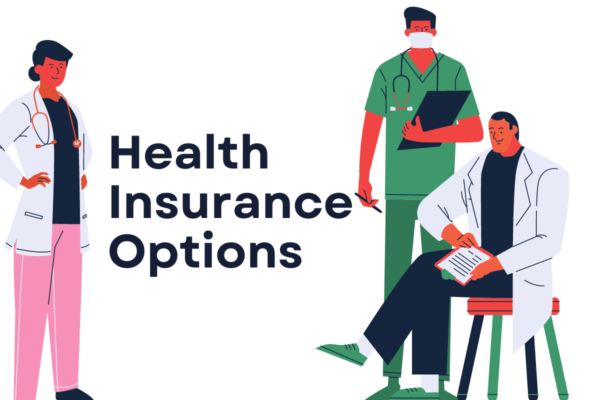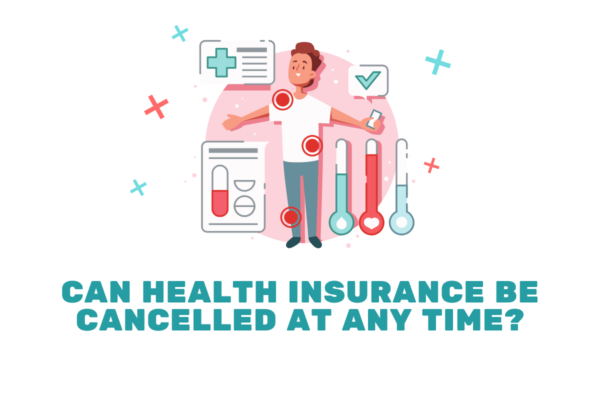9 Best Affordable Health Insurance You Need To Know In 2024
In today’s world, prioritizing health is more important than ever. However, managing medical expenses can be a significant concern. This is where affordable health insurance comes in – it safeguards your financial well-being in the face of unexpected medical situations.
Finding the right plan can feel overwhelming, but fret not! This comprehensive guide explores 9 of the most affordable health insurance options in 2024, empowering you to make informed decisions.
Key Factors to Consider When Choosing Affordable Health Insurance:
- Coverage: Identify your healthcare needs and prioritize plans that cover essential aspects like hospitalization, pre- and post-hospitalization expenses, and doctor consultations.
- Deductible: This is the amount you pay out-of-pocket before the insurance kicks in. Lower deductibles typically mean higher premiums, so strike a balance based on your budget and risk tolerance.
- Copay/Coinsurance: A copay is a fixed amount you pay for certain services, while coinsurance involves sharing a percentage of the cost with the insurer. Consider your expected healthcare utilization when evaluating these factors.
- Network: In-network providers offer contracted rates with the insurance company, leading to lower costs. Choose a plan with a network that aligns with your preferred doctors and hospitals.
- Exclusions: Be aware of any treatments or procedures explicitly excluded from the plan’s coverage.
Top 9 Affordable Health Insurance Options for 2024:
1] High-Deductible Health Plan (HDHP) with Health Savings Account (HSA)
- HDHPs boast lower monthly premiums but come with higher deductibles.
- HSAs allow you to contribute pre-tax dollars for qualified medical expenses, functioning like a savings account and potentially reducing your taxable income.
- This option is ideal for individuals in good health who can manage a higher upfront cost and are comfortable setting aside funds in an HSA.
2] Catastrophe (Catastrophic) Insurance
- Designed for young and healthy individuals, catastrophic plans offer minimal coverage for preventive care but provide financial protection for major medical emergencies.
- Premiums are the lowest among all health insurance plans.
- This option might not be suitable for those with pre-existing conditions or anticipating frequent medical care.
3] Short-Term Health Insurance
- Designed for temporary coverage gaps (between jobs, waiting for employer-sponsored insurance), short-term plans typically last for a few months (up to a year with renewals in some cases).
- Premiums are generally lower than traditional health insurance plans.
- Coverage may be limited, and pre-existing conditions might be excluded.
4] Employer-Sponsored Insurance
- Many employers offer health insurance plans to their employees, often at a subsidized rate with group discounts.
- Explore different plan options provided by your employer to find the one that best suits your needs and budget.
5] Government-Subsidized Insurance (Medicaid/Medicare)
- Medicaid is a government program offering health coverage to low-income individuals and families. Eligibility is determined by income level.
- Medicare is a federal program providing health insurance for people aged 65 and over, or those with certain disabilities.
6] Student Health Insurance
- Many universities and colleges offer student health insurance plans at competitive rates. These plans typically cover preventive care, doctor visits, and hospitalization.
7] Faith-Based Health Sharing Ministries
- These faith-based organizations offer an alternative to traditional health insurance.
- Members share medical expenses based on common beliefs and may have lower monthly costs.
- Coverage details and limitations can vary depending on the ministry.
8] PPO (Preferred Provider Organization) Plans
- PPO plans offer flexibility in choosing providers. In-network providers offer contracted rates, but you can still utilize out-of-network providers at a higher cost.
- Premiums for PPO plans tend to be slightly higher than HMO (Health Maintenance Organization) plans, which require referrals to see specialists within the network.
9] POS (Point-of-Service) Plans
- POS plans offer a blend of HMO and PPO features. You typically select a primary care physician (PCP) within the network for referrals to specialists, but out-of-network coverage is also available at a higher cost.
- Premiums for POS plans generally fall between PPO and HMO plans.






